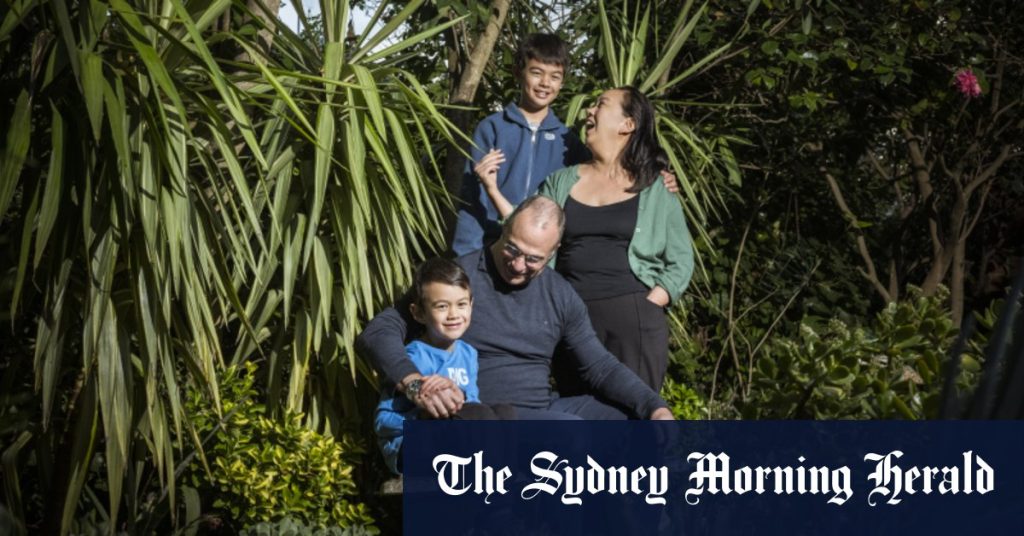Housing activism group YIMBY (Yes In My Backyard) Melbourne organizer Asanka Epa has pointed out a correlation between the decline in the number of children in certain suburbs and the lack of affordable housing options for young families. Epa emphasized the importance of providing affordable homes to ensure that suburbs remain vibrant and diverse, rather than turning into retirement villages. He highlighted the need for more housing to accommodate the growing population and prevent families from being priced out of certain areas. Epa also noted that without enough housing, the number of children in a suburb cannot increase or even remain steady.
The City of Boroondara has seen a decline in the number of children, prompting concern about the future of the area and its schools. School principal Josie Millard mentioned a decrease in local primary school enrollments, potentially due to factors such as the COVID-19 pandemic and low population density in the area. However, Kate McCaughey, the director of community support, cautioned against drawing direct conclusions about demographic changes solely based on building approvals or urban planning policies. She highlighted other significant factors that influence population trends, such as migration, housing affordability, cost of living, and an aging population.
In contrast to areas like Boroondara and Stonnington, outer suburbs in Melbourne’s growth corridors have seen significant increases in the number of children. Suburbs such as Tarneit, Point Cook, and Craigieburn have experienced a rise in child populations, reflecting a shift towards family-friendly neighborhoods with more affordable housing options. The City of Melbourne has also seen an increase in children, particularly in the CBD, Southbank, and Docklands areas, where families are choosing to live in apartments. Residents in Docklands are campaigning for a secondary school to accommodate the growing number of children in the suburb.
Urban geographer Dr. Kate Shaw highlighted the long-standing trend of fewer children being raised in inner and middle-ring suburbs, where housing tends to be more expensive. She emphasized the need for more affordable housing options to address affordability issues and ensure diverse communities. Shaw advocated for governments to take a more active role in building public and social housing to address the affordability crisis, as the private sector may not prioritize affordable housing due to profitability concerns. Overall, Shaw stressed the importance of increasing housing affordability to prevent families from being priced out of certain areas and promote diverse and inclusive communities.


